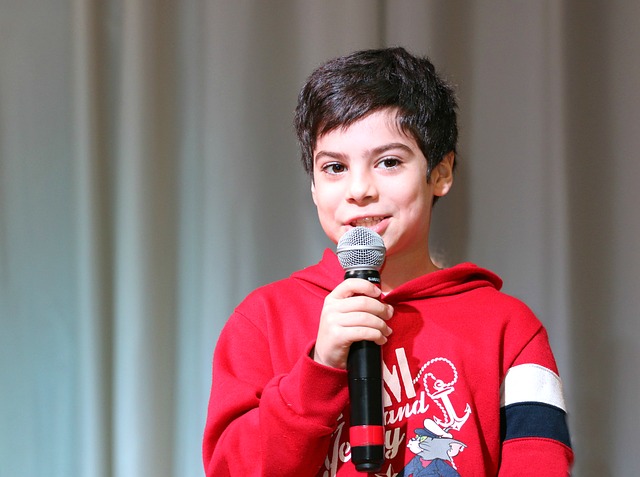Sitting in some of the sessions I do with children, I have noticed that some find it difficult to stop talking. They love the sound of their own voice and are enthusiastic about telling me all about their lives. Whilst it is very interesting, helpful and far better than a child who says very little, a conversation is of course a two way process (and coaching works much better that way!. Children need to know how and when to listen. If they are always talking then their friends may well get fed up of them. Why? Because they are not allowing their friends to say anything and that can make them seem quite selfish. They are not giving them the other person a chance to speak and are not showing an interest in them at all. They are talking at them!!! If they can’t get a word in edge-ways then they will eventually find someone else to play with. Alternatively, they could curb the chatterbox.
Ways Of Curbing The Chatterbox
Recently I have been working with a boy on his talking and listening ratio and had an interesting discussion with him about ‘sharing’ the talking space. Sharing does not always have to be about something tangible. When we allow others to join in the conversation we are ‘sharing’. We are thinking that the other person may want to say something and so stop talking to allow them to do so. This shows consideration and respect for the other person. When a child does this – like the boy I was working with – they are becoming better at sharing. A weird concept but it works. Most children understand that they should share physical things so this expands on that.
Teach your child to share their talking space if they find they are doing too much chatting. They need to be able to get the ratio right and know that saying a few sentences is enough.
For help with other life skills as well as taming the chatter why not have a read of The Parent’s Toolkit.

